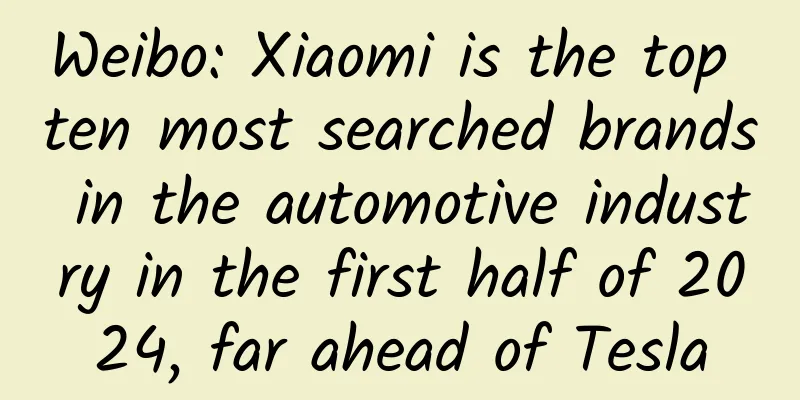Exploring the PHP kernel: PHP's FastCGI

|
CGI stands for Common Gateway Interface, which allows a client to request data from a web browser to a program running on a web server. CGI describes a standard for transmitting data between a client and the program. One of the purposes of CGI is to be independent of any language, so CGI can be written in any language as long as the language has standard input, output and environment variables, such as php, perl, tcl, etc. FastCGI is a protocol for communication between web servers and processing programs. It is an improvement on CGI. FastCGI is like a long-live CGI. It can be executed all the time. When a request arrives, it will not take time to fork a process to handle it (this is the most criticized fork-and-execute mode of CGI). Because it is just a communication protocol, it also supports distributed computing, that is, FastCGI programs can be executed on hosts other than web servers and accept requests from other web servers. FastCGI is a language-independent, scalable open extension of CGI that keeps the CGI interpreter process in memory to achieve higher performance. Repeated loading of CGI programs is the main reason for poor CGI performance. If CGI programs are kept in memory and scheduled by the FastCGI process manager, good performance, scalability, and fail-over features can be provided. In general, the entire workflow of FastCGI is as follows:
PHP's CGI implements the Fastcgi protocol. It is a TCP or UDP protocol server that accepts requests from Web servers. When it starts, it creates a TCP/UDP protocol server socket listener and receives related requests for processing. Then it enters the PHP life cycle: module initialization, sapi initialization, processing PHP requests, module shutdown, sapi shutdown, etc., which constitute the entire CGI life cycle. Taking TCP as an example, on the TCP server side, the following steps are generally performed:
PHP FastCGI enables all of your PHP applications to run through mod_fastci instead of mod_phpsusexec. FastCGI applications are fast because they are persistent and do not have to be started and initialized for every request. This makes it possible to develop applications that would otherwise be impractical in the CGI paradigm (such as a large script, or an application that needs to connect to single or multiple databases). Advantages of FastCGI:
But there are potential problems:
|
<<: The third round of the Aite Tribe Story Collection with prizes has begun~
Recommend
Why is the conversion rate so low?
"What would you like to drink? I want Coca-C...
China Association of Automobile Manufacturers: A brief overview of the operation of the automobile industry in May 2021
According to statistics and analysis by the China...
What is the black technology to save 16/32GB iPhone APFS?
There is hope for iPhone users with 16GB of stora...
Some comedians are born with it, and you just want to laugh when you see it!
It turns out that some comedians are born because...
Disease control experts remind: Pay attention to these common infectious diseases on campus in spring!
Recently, children have bid farewell to their win...
An I/O conference made me understand Google's love for the third world
I wishful thinking that, following a heartwarming...
China's bumper harvest: Jilin's colors painted on the black soil
In the golden autumn season, the rice in Jilin Pr...
In 2025, ZeroBeam Full Stack 3.0 will be fully implemented to support L3 autonomous driving
(May 24, 2024, Shanghai) At the "SAIC New En...
Human weaknesses = marketing hot spots! 3500 words to expose human nature and teach you how to cover the sky with one hand
As the saying goes, man proposes, God disposes, b...
Animals imitate humans in fighting! Has your dog ever imitated you?
Review expert: Li Weiyang, a well-known popular s...
How much does it cost for a mini program development company to develop a mini program?
As people’s understanding of mini programs deepen...
Sharing APP operation experience, 6 ways to increase user activity!
How to maintain and increase activity and improve...
Why is there such a big difference in conversion effects when they are both advertising channels?
They are both advertising channels , but why are ...
A young man born in the 2000s lost 10 pounds after an injection, and the doctor gave an urgent warning
Everyone loves beauty, but we should also pay att...









